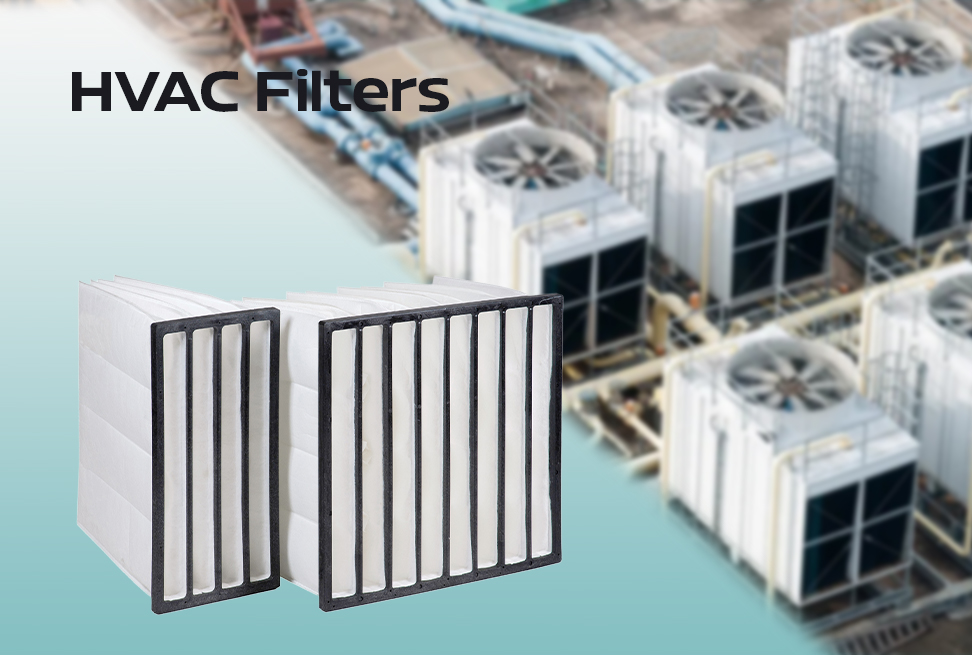



Spunbond fabrics are produced by depositing extruded spun filaments onto a collecting belt uniformly, fibers are oriented randomly, then fibers are thermally bonded by passing through a heated calender. The fibers are separated during the web-laying process by air. Thermal bonding imparts strength and integrity to the web by applying heat and pressure through passing two heated rolls, where one roll is patterned and another is smooth. Thus, the polymer is partially melted, and surrounding fibers are bonded at this point. Garagum Nonwoven produces Polypropylene Spunbond fabrics with SS double-layer production technology. Produced fabrics have better physical properties due to more homogeneous fiber distribution on the surface. Garagum Nonwovem applies various finish applications to Nonwoven fabrics according to the customer and market requirements, such as hydrophilic and hydrophobic finishing treatments give functionality to the fabrics.




Melt blowing is a conventional fabrication method of micro- and nano-fibers where a polymer melt is extruded through small nozzles surrounded by high-speed blowing gas. The substantial benefits of melt blowing are simplicity, high specific productivity, and solvent-free operation. Garagum nonwoven produces Polypropylene Meltblown fabrics with high filtration ability, absorption capacity, and other properties.




SMS is the abbreviation of "Spunbond + Meltblown + Spunbond," a combined nonwoven fabric with two layers of spunbond with one layer of meltblown nonwovens inside, conforming them into a layered product, called SMS nonwoven fabric (spunmelt). Garagum Nonwoven produces SMS with Polypropylene Spunmelt production technology that contains multiple Spunbond and Meltblown in a single production line. Garagum Nonwoven applies various finish applications to Nonwoven fabrics according to customer and market requirements, such as hydrophilic and hydrophobic treatment to add functionality to the fabrics.